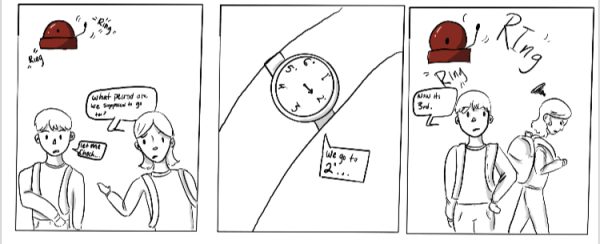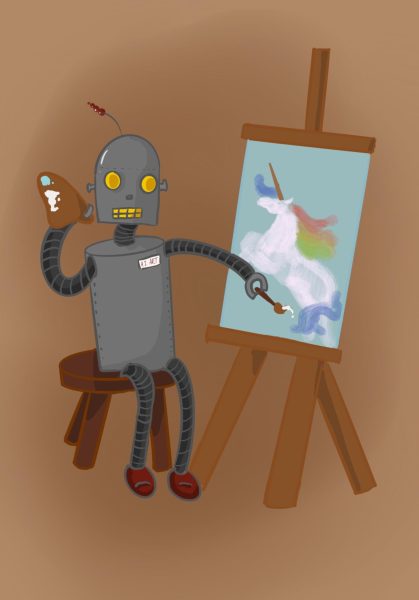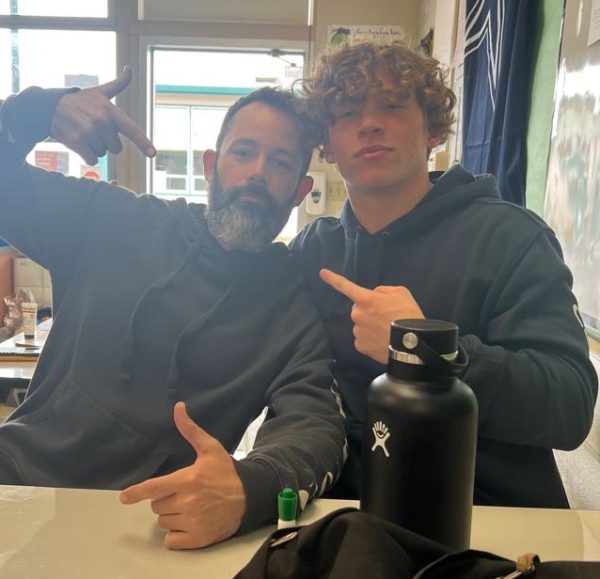Rappers Get Real: The Presentation of Addiction
With murders and overdoses scattered between album dropping, award claiming, and record breaking, this year has been a year of tragedy and triumph in the music industry. With the recent loss of Mac Miller, raising the count of rappers and influencers lost to addiction, an epidemic of teenagers using and abusing drugs has become a reality, but the music industry has finally chose to fight it rather than glorify it.
Mac Miller was arguably one of the most influential artists to grace this generation. His freshman album dropped in 2007 under his alias “Easy Mac;” fastforwarding 11 years later, he released his 11th album, Swimming. He preached about the struggles of heartbreak and the process of renewing love for oneself after the recent end to a long term relationship with Ariana Grande. However, a big factor in the end to his relationship was his problems with drug use and addiction, taking a toll on him as well as Grande.
Miller references his battle with drug addiction multiple times and explains that it isn’t something to be proud of, it’s something to try and overcome.
Losing his life to this addiction, he has become a tragic example of the harsh reality for those battling drug abuse, or those watching others do so: that this isn’t a matter to be taken lightly, glorified, or ignored.
For years drug use has been glorified through music, especially in the rap industry. Rappers like Snoop Dogg, Dr. Dre, Kanye, Travis Scott, Drake, and countless others have written hundreds of lyrics about drinking alcohol, smoking weed, doing lines of cocaine, sipping lean, and countless other drugs. However in the past year, artists have turned to getting real about the consequences of drug abuse, frantically trying to turn back the clock on what the industry has subconsciously done to today’s youth who look up to them.
J.Cole’s recent album, KOD, comes with a blunt statement on the cover which depicts children looking ghostly and using drugs: “This album is in no way intended to glorify addiction.”
The acronym for his 5th album, KOD, has been said to stand for “Kids On Drugs,” “King Overdose,” and “Kill Our Demons.” He outwardly calls himself an addict in multiple verses, once saying on the track FRIENDS, “I wrote this sh*t that talk about the word addiction.” He references his drug use and the prevalence of such topics throughout the industry, highlighting the consequences it has.
The cover art is not to glorify these drugs, but to show the negative effects they have on appearance and overall health, as well as the prominence of drug use in seemingly younger and younger demographics.
A spike in drug use in teens was seen, from smoking weed, to popping pills, to dropping tabs, and now taking on nicotine use. It’s an epidemic nationwide: schools and now the FDA are cracking down on its availability and the use in our generation.
At SVHS, use has become more extensive than in the past. Kids have taken vaping out of the bathrooms and into the middle of classes. They have taken a mostly common dislike for hard drugs like cocaine to “just doing it once” at a party. I see people under the influence constantly.
A lot of my peers have told me they wish they could stop using nicotine in the midst of this epidemic plaguing our school, town, state, and nation. They know it’s bad. We have all been educated on the toll drug abuse takes on the body and mind and the path of life of someone as young as us. We all know the consequences.
Growing up listening to the glorification of drugs may have caused us to be more susceptible to use drugs because of the association with glamour they used to have. Now, the music industry has turned this around, expressing how awful addiction is. Hopefully, it isn’t too late for our generation to turn around the plague that has struck the nation, most visibly in the industry where legends are dropping faster than their albums.






